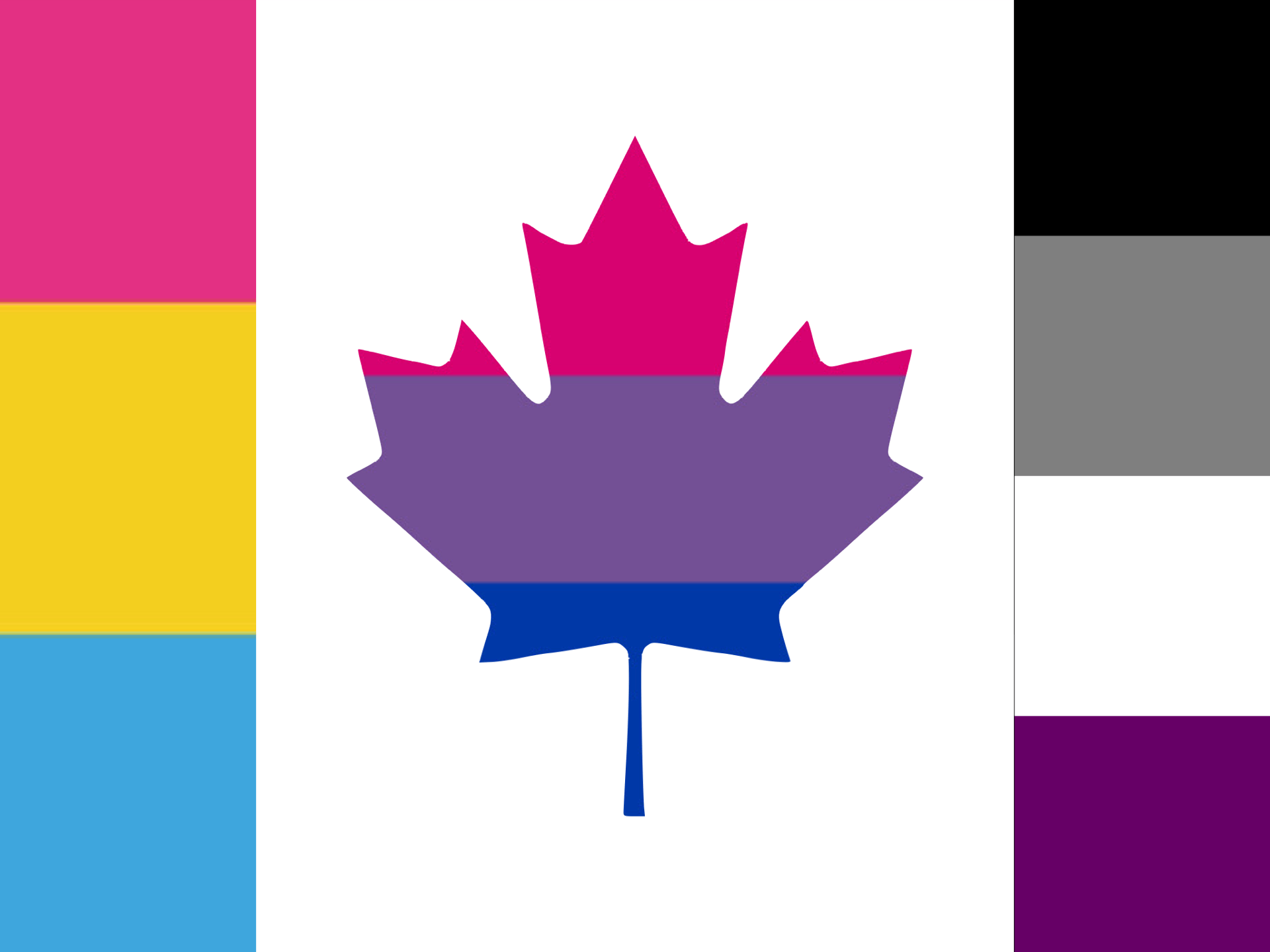Five weeks is a very short amount of time. It is also an eternity. Welcome to the post on why men suck.
For the past five weeks, we have been studying one of Shakespeare’s earliest plays, The Taming of the Shrew (TOTS). We have been looking at it through the lens of women, feminism in a sense. We read the play, and studied the feminist movement throughout the ages.
Throughout the project, we were also completing weekly reflection posts on what we were learning. These posts were fun to do, because we got chances to reflect on what we were learning. These posts, including Sluts and Women and Tigers, Oh My!, What Am I, a Maid?, and Subtext much were a chance to record the process during the process. A lot of what we learned were in these posts, so by all means check them out.
There were three sides to the project; essays, history, and TOTS. The project went in circles between these three, and were a ton of fun to connect!
 Lets talk first about the essays, because why not. We were reading a bunch of essays and texts that showed examples of women in history, and we had to answer a bunch of questions on them. At the time, it seemed real annoying and a waste of time. Actually, though, it was really beneficial for the last leg of this project which we’ll get to later. They helped me learn about the structure of an essay, and how different people have different styles for writing essays. It was really interesting to see how people used evidence, broke things up in certain ways, all that jazz. They also served as fantastic proof for that final product.
Lets talk first about the essays, because why not. We were reading a bunch of essays and texts that showed examples of women in history, and we had to answer a bunch of questions on them. At the time, it seemed real annoying and a waste of time. Actually, though, it was really beneficial for the last leg of this project which we’ll get to later. They helped me learn about the structure of an essay, and how different people have different styles for writing essays. It was really interesting to see how people used evidence, broke things up in certain ways, all that jazz. They also served as fantastic proof for that final product.
Now, history. Mostly, we looked at the 20th century. Starting with the suffragette movement, which was the first wave of feminism, we moved through time to see how things changed, and didn’t change, for women.
We had one milestone specifically focused on the history. We were split into groups and assigned a decade to research and present. Now, due to some circumstances, I wasn’t actually at the presentations. That doesn’t mean I didn’t learn anything. I did a considerable amount of research on the topic, which was quite insightful.

My biggest takeaway from that was one of the research points about women and appearance.
The 70’s were the beginning of the natural makeup idea. Women could still wear makeup, but couldn’t look ‘whorish’ by wearing too much makeup. They had to be slim, and natural looking. It wasn’t just men that pushed this appearance, either, which is sad. its upsetting to think about the expectations for the ideal woman, and how much of that is just their looks.
That would bring us to The Taming of the Shrew. As far as Shakespeare goes, it was well written of course, but kinda rapey. Petruchio is the perfect example of one of those creepy men in todays media that doesn’t listen when someone says no. Looking back now, that’s probably the inspiration for some of those pieces of media. Anyways. It is the perfect form of media to look at when inspecting women throughout history. It portrays exactly the ideal woman, and how to make a shrew that perfect woman. It makes me want to throw up.
Now, I mentioned that final product before. And honestly, you may have figured it out. Regardless, here is the big reveal. We were writing an essay about the continuity and change of women throughout the 20th century, more or less. We used the knowledge from reading all those essays and text, to be able to create the perfect essay. And I say the perfect essay because I have done at least 10 revisions and it is finally approved. Of course I love the challenge, but I liked the first one. Its always good to have feedback though, and I am happy with what I am learning.
One thing that I have struggled with in the past is my conclusions. I always felt that they were weird and rambley. Well, I think a lot of my writing is weird and rambley. Anyways, apparently this was good. I mean, you can take a look at my final essay and see for yourself.
I learned a lot during the course of this project. Of course I am used to feedback, but with the new grading system I am really getting into the grove of things. I learned that what I think is great can always be improved. There is always more to add. It also taught me to really look at the media I consume, and make sure its not super rapey.











































